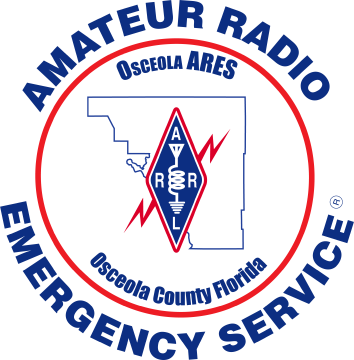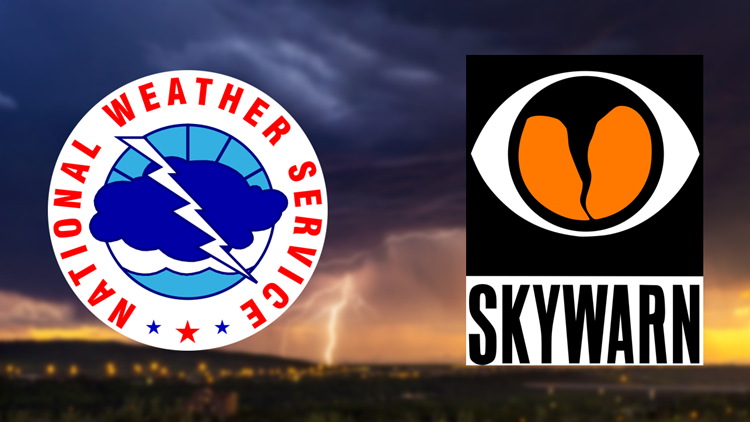Here are some frequently asked questions relating to emergency management.
General Questions
Osceola County has adopted the National Incident Management System (NIMS) as the method by which to control and organize any and all incidents, emergencies and disasters. In 2003, Homeland Security Presidential Directive #5 mandated the use of the NIMS and its corresponding six core components.
As a result of NIMS, Osceola County has revised many required plans as well as operational methods. Typically, emergency operations centers are organized by emergency support functions (ESF) with a coordinating agency responsible for reporting activity within the ESF. With eighteen ESF’s in Osceola County, span of control is exceeded significantly. To effectively manage these coordinating functions, Osceola County has integrated the Incident Command System (ICS) to maximize the benefits of an effective management tool. The use of the ICS within the EOC coupled with a multijurisdictional/agency Executive Policy Group, Osceola can manage any incident with clear direction, excellent, effective planning all while minimizing duplication of efforts. For a complete review of Osceola County’s EOC Operational Guidelines, please refer to the CEMP Appendix A.
Special Needs Program Questions
Wildfire Related Questions
- Back your car into the garage or park it in an open space facing the direction of escape. Shut doors and roll up windows. Disconnect automatic door openers, so you can escape if the power fails. Close all garage doors and windows.
- Confine pets to one room so they can be easily located.
- Arrange temporary housing at a friend or relatives house outside of the threatened area.
- Place valuable papers like insurance policies, birth certificates and other documents in the car for fast get away. Put family photographs and other memorabilia in the car that you may want to take.
- Keep your radio and television tuned to a local station for fire reports and evacuation information.
- Put your Disaster Supply Kit in the car.
- Make sure your escape route takes you away from dangerous areas.
Make sure infants, children and other family members are present before you drive off.
Load pets into car.
Lock your home.
Leave immediately!
If You are Sure You Have Time, Take Steps to Protect Your Home:
Inside Your Home
- Close windows, vents, and doors. This will help prevent drafts and will stop sparks from blowing inside.
- Remove lightweight curtains to prevent them from being ignited by radiated heat.
- Close mini-blinds and heavy drapes to keep out heat and to provide safety in case heat or wind breaks windows.
- Turn on a light in each room to increase the visibility of your home in heavy smoke.
- Turn off pilot lights. Shut off gas at the meter.
- Open the fireplace damper to stabilize inside/outside pressure. Close the fireplace screens to keep sparks from starting a fire in the house.
- Move flammable furniture away from windows and sliding doors to reduce the possibility of ignition.
Outside Your Home
- Turn off propane tanks.
- Place combustible patio furniture inside of the house, garage or barn.
- Seal attic and ground vents with precut plywood or storm shutters to keep out sparks.
- Make sure the garden hoses are connected to the outside taps.
- If you have a portable gasoline powered pump to take water from a swimming pool or pond, make sure it’s in place and ready to run.
- Place lawn sprinklers on the roof and near above ground fuel tanks. Wet the roof of your home.
- Wet shrubs within 15 feet of your home.


